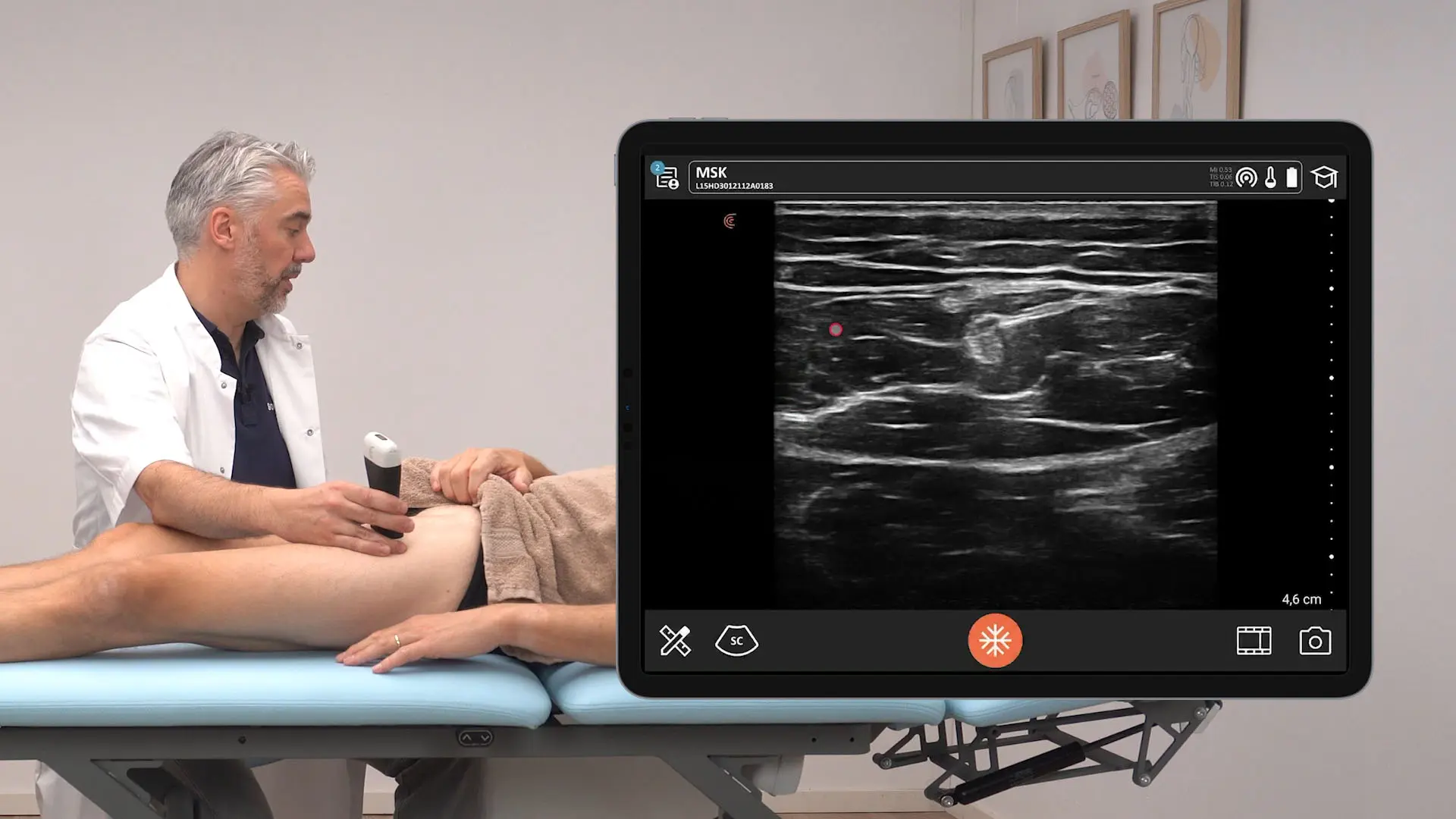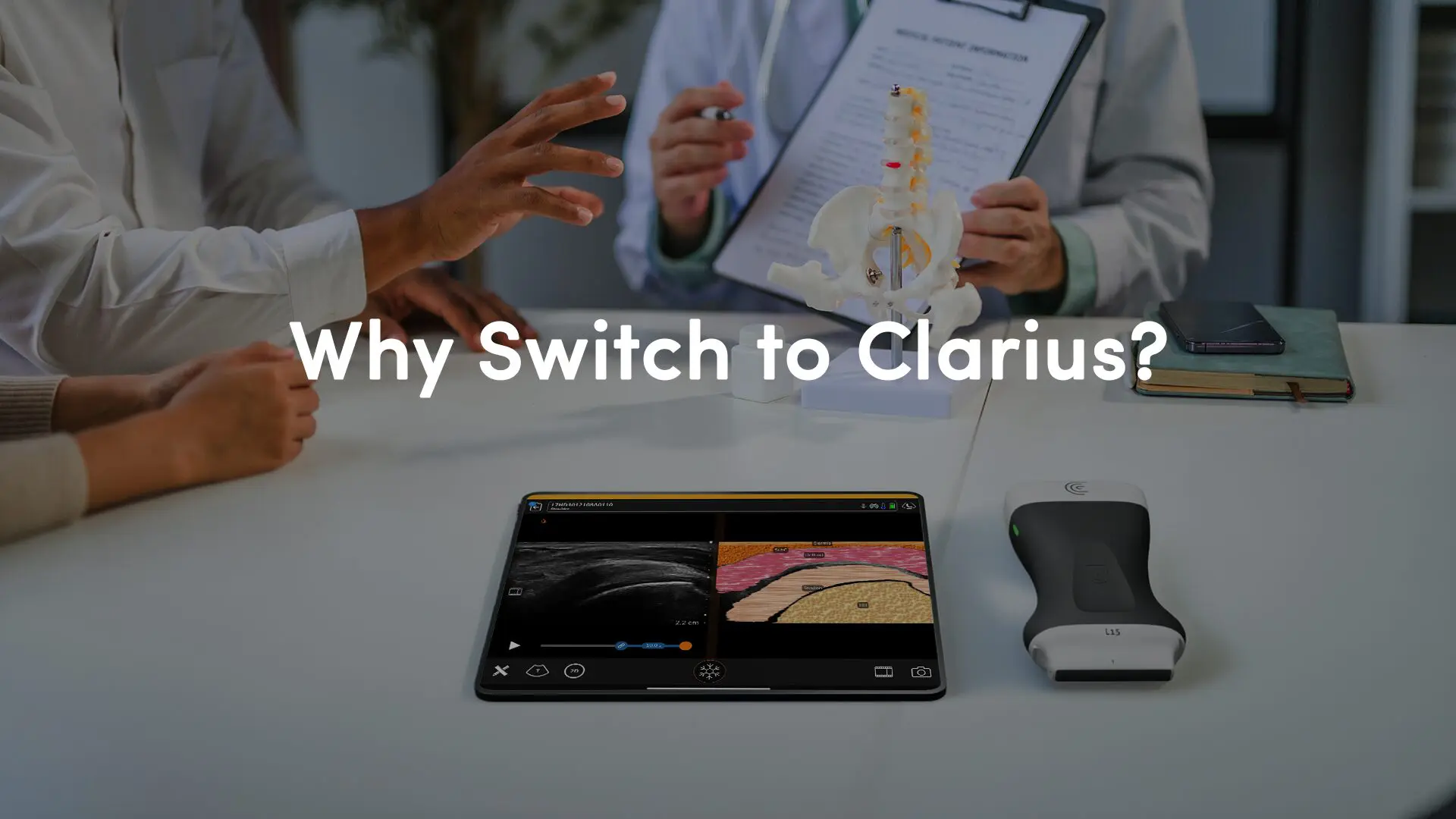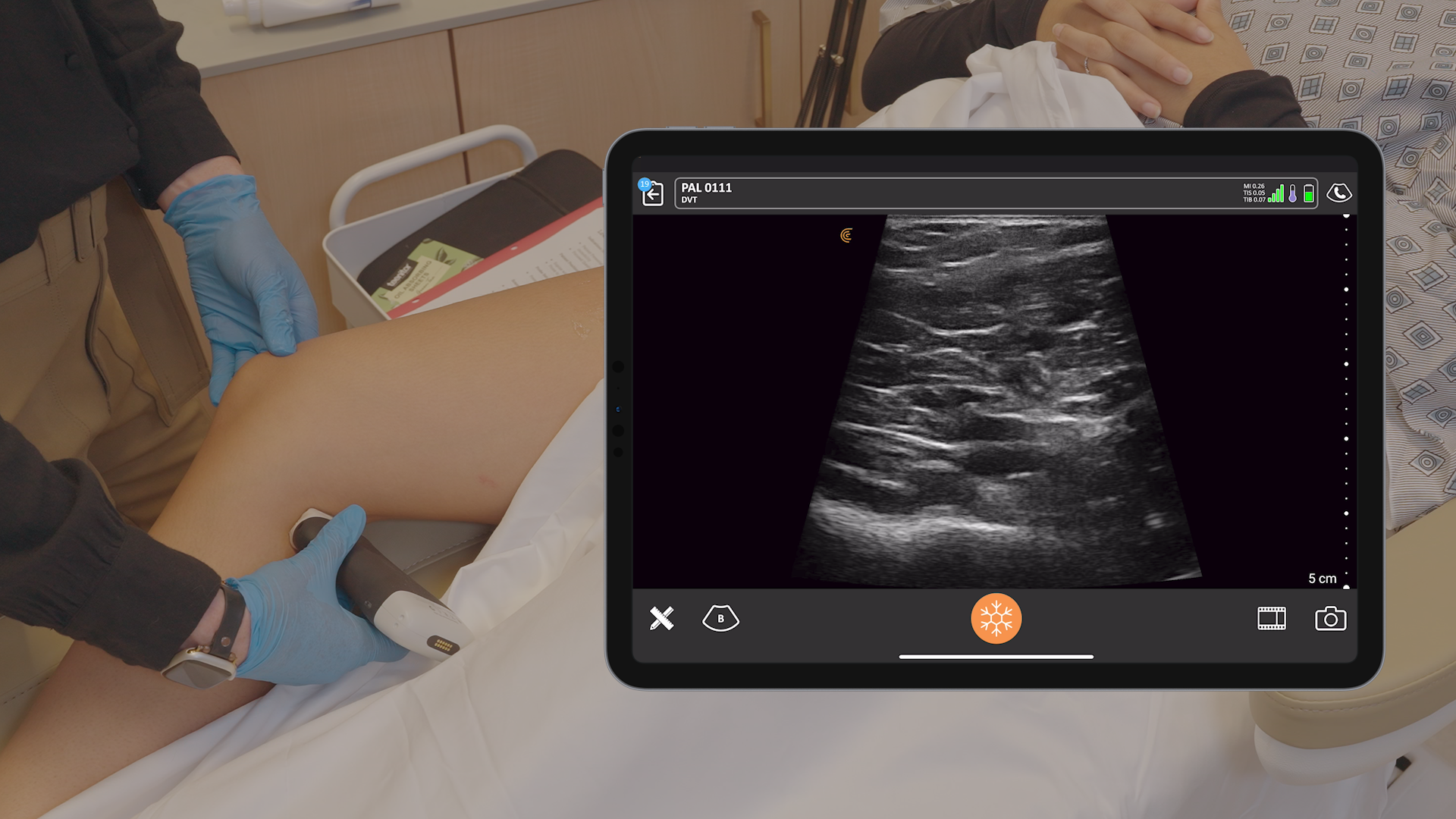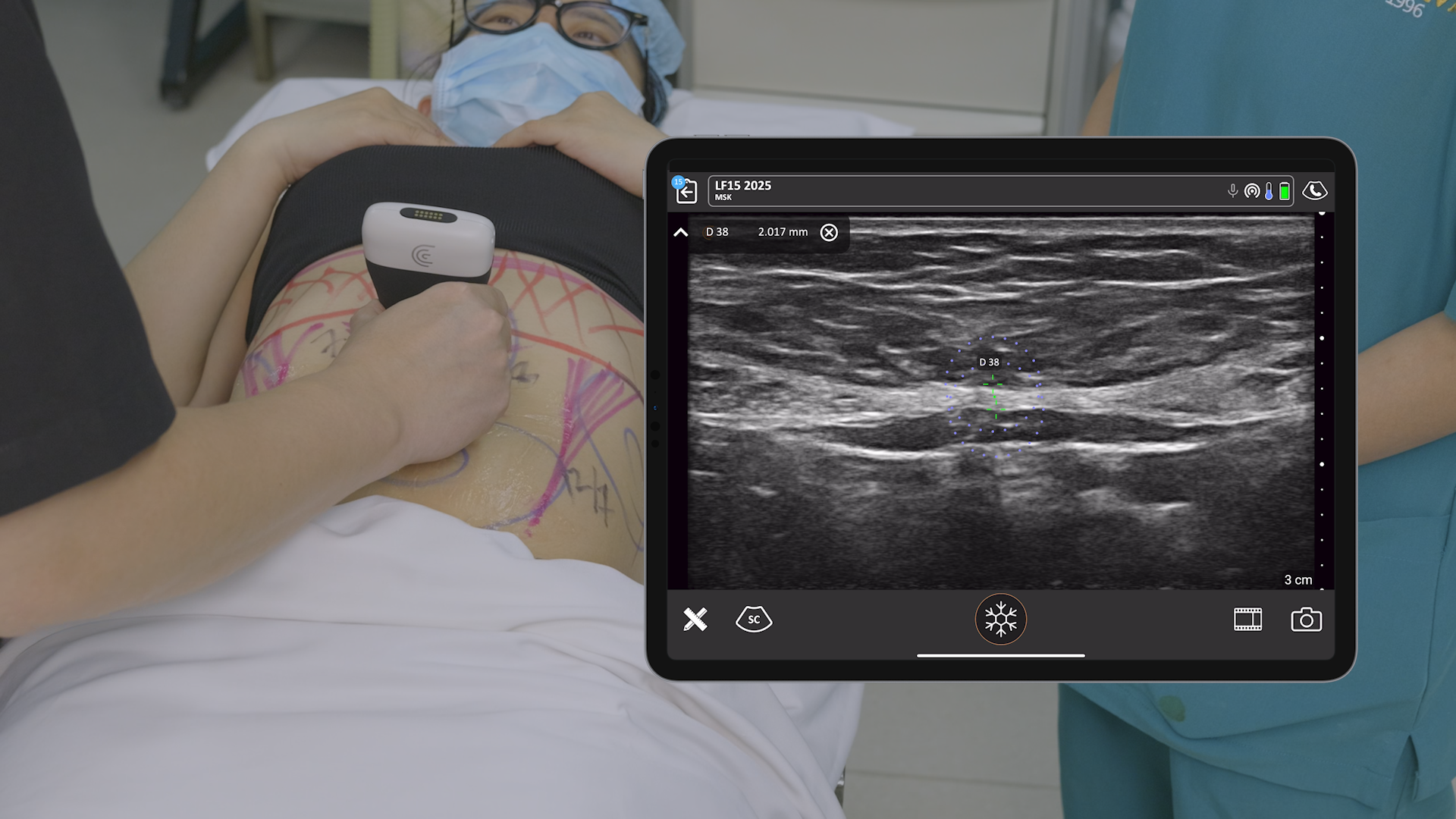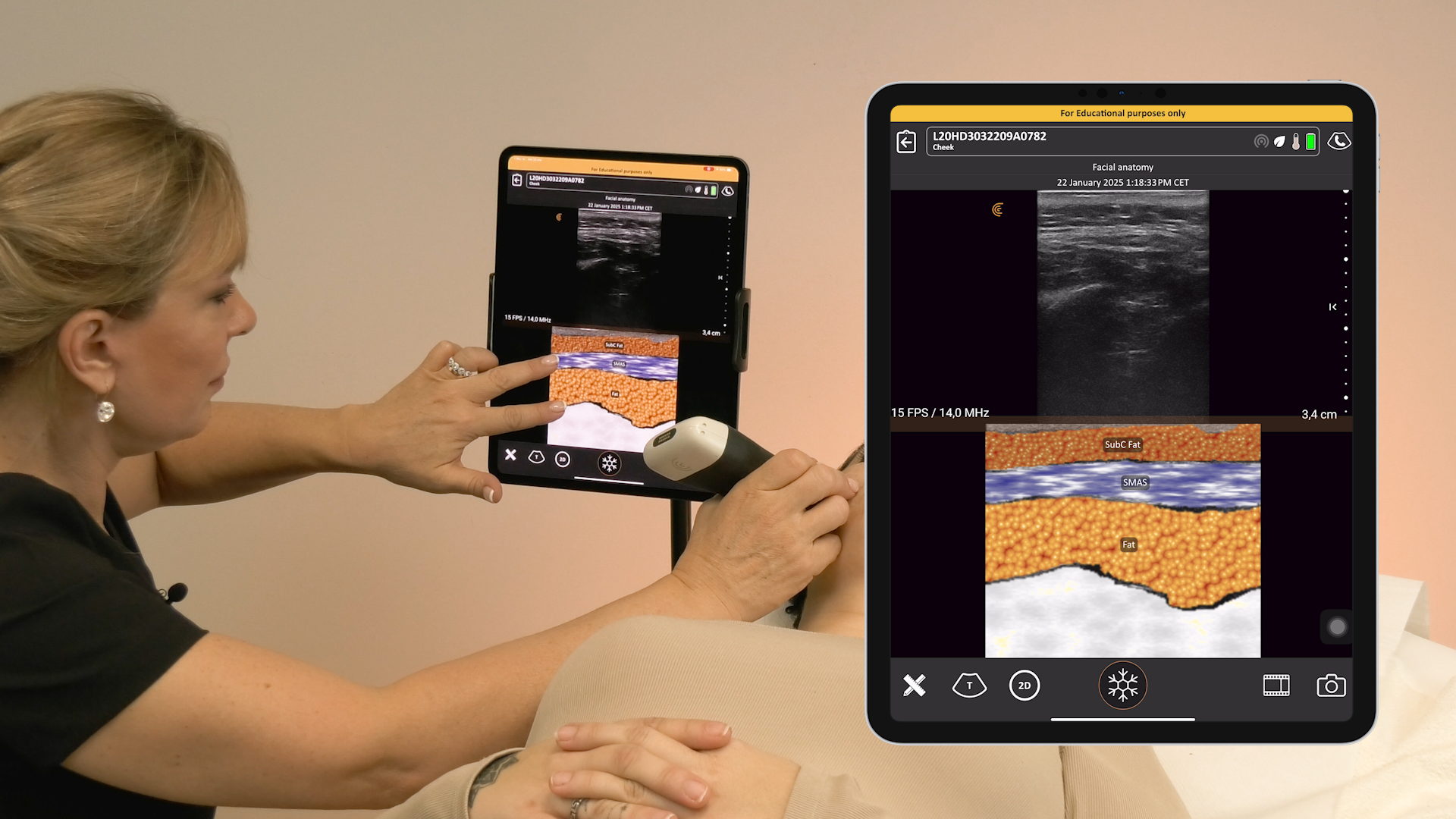
This is a guest post from Brad Nichol, our director of North American Channel Sales, who has more than 30 years of experience in the ultrasound field.
Besides improving patient care, for some medical specialties and depending on where you practice, an ultrasound machine could be a financial investment that pays you back more than what it costs.
The cost of an ultrasound machine can vary greatly, depending on the features you need and what you’re going to use it for. So how much should you should pay for one?
Is ultrasound a wise investment?
The answer to this question depends on the numbers. For example, if we assume the ultrasound machine costs $30k, and you charge $450 per ultrasound, then 67 ultrasounds would pay off the unit.
For physicians in the United States, we’ve included a CPT (Current Procedural Terminology) reimbursement calculator to help you determine how much you could be repaid by health insurance providers.
What should I look for when buying an ultrasound machine?
There are three main things to consider when buying an ultrasound machine: functionality, ease of use and cost.
The right features for your specialty
The need for specific ultrasound features varies by the type of practice.
General practitioners conducting abdominal scans would be well-served by an all-purpose, large radius convex probe with a frequency of 2-5MHz. This will also be a good choice for ob-gyns carrying out pregnancy ultrasounds.
On the other hand, some physicians will require more specialized equipment. A cardiologist doing advanced heart scans would want a machine with Doppler capabilities, and a phased array probe to get between the narrow intercostal spaces. These also come with high frame rates, allowing effective imaging of rapid heartbeats.
Meanwhile, a vet who needs to scan small animals might want to get a micro-convex probe with a high frequency of ~8MHz for the best possible resolution.
Given the wide range of choices, it’s important to devote some thought to exactly what features you will need in your practice.
Ease of Use and Portability Improve Adoption
For novice users, the ideal ultrasound machine should be intuitive. For instance, many machines come with presets for common procedures. These will allow you to conduct scans without having to fiddle with a number of separate dials, which is especially useful when you’re new to ultrasound.
Also consider ease of portability. This is clearly important if you intend to do house calls. Even if you do all your ultrasound imaging at the clinic, being able to easily move the machine around can be a significant advantage.
Don’t assume that you’re settling for less by going this route – today’s portable machines can be very powerful in their own right, and the trend is toward increasing “miniaturization”. Clarius, for example, is a handheld ultrasound, and has image quality comparable to a high-quality point-of-care machine.
If you’re adding ultrasound to your practice, ensure it’s easy to learn and use and you can have easy access to it when you need it or you likely won’t use it.
Cost is Always a Key Factor
The cost of an ultrasound machine varies greatly based on what you need it for. Most new cart-based machines tend to fall in the $20,000 to $75,000 range. Laptop, used or refurbished machines will usually be priced at around $5,000 to $40,000.
Handheld ultrasound systems are a new entry to the market, which can be much more affordable for a new system. In the United States, Clarius Ultrasound Scanners start at $6900.
An important question is whether you need Doppler functionality, as machines with color are typically a lot more expensive than their black-and-white counterparts. To a large extent, this will depend on what type of ultrasound work you intend to do. As mentioned before, pregnancy and standard abdominal scans won’t typically require Doppler. Even basic cardiac work can be accomplished with a black-and-white machine. Doppler is only required if you’re planning to do more advanced cardiac work, or other specialized scans involving blood flow.
Clarius will be available with Color Doppler on its premium offering, which will be priced higher than its entry-level black and white model.
Visit www.clarius.me/product to learn more about whether Clarius whether a handheld ultrasound scanner is a good choice for you.
For physicians in the United States, we’ve developed PDF reimbursement guide to help you reference the procedures that are provided by health insurance providers. Click here for access.
